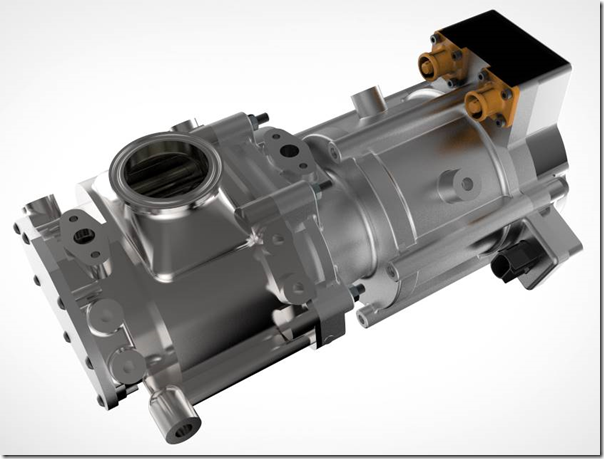Is the Opposed-Piston Engine Becoming More Real?
Achates Power has been working on its opposed-piston engine technology—which it claims is more cost effective than a traditional engine (thanks, in part, to the elimination of such things as a cylinder head and valve train), easier to produce, and potentially “approximately 50% more efficient than today’s gasoline engines” (the Achates engine runs on gasoline, diesel, natural gas. . .)—since 2004.
Achates Power has been working on its opposed-piston engine technology—which it claims is more cost effective than a traditional engine (thanks, in part, to the elimination of such things as a cylinder head and valve train), easier to produce, and potentially “approximately 50% more efficient than today’s gasoline engines” (the Achates engine runs on gasoline, diesel, natural gas. . .)—since 2004. The company has developed plenty of demos and has received a respectable amount of outside investment.
It just may be that the opposed-piston engine may be getting closer to reality.

The reason? Eaton, which has provided its TVS air pumps to several Achates prototypes, announced today that it will be providing the air pumps for an engine that Achates will be running in a Class 8 commercial truck that is part of a demonstration program run by CALSTART, part of a $9-million grant funded by the California Air Resources Board.
This setup is expected to achieve a 90 percent reduction in NOx and as much as a 20 percent improvement in fuel economy.”
Assuming that numbers like that are hit, it would be hard to imagine that the Achates engine wouldn’t go commercial.
The TVS, incidentally, provides precise airflow into the engine, which is critical for the overall performance.
And the fact that Eaton is a company that produces products in volume (it has 2017 sales of $20.4-billion) indicates that it probably sees quite a positive upside for this new engine technology.
RELATED CONTENT
-
Plastics: The Tortoise and the Hare
Plastic may not be in the news as much as some automotive materials these days, but its gram-by-gram assimilation could accelerate dramatically.
-
On Automotive: An All Electric Edition
A look at electric vehicle-related developments, from new products to recycling old batteries.
-
On Electric Pickups, Flying Taxis, and Auto Industry Transformation
Ford goes for vertical integration, DENSO and Honeywell take to the skies, how suppliers feel about their customers, how vehicle customers feel about shopping, and insights from a software exec


.jpg;width=70;height=70;mode=crop)






